ThomThomsk
TPF Noob!
Does this mean that if you're a student making art for your degree it's not really art?
That is a very interesting thought. I think the definition still works though, because presumably the student has produced something that expresses their creativity and which is to be appreciated primarily for its beauty. The fact that perhaps it wouldn't have been produced at all if it weren't for a particular coursework assignment doesn't necessarily turn it into something else.
Trying to work through the logic of that, if the same student has another assignment to produce a product photograph that could be used in advertising, does it fail to be a product photograph because it is never actually used to sell anything? In that case wouldn't you say photography students can only ever produce one category of image, assignment submissions?
Does that make sense? I did say the line is blurred, and the definition could probably do with some finessing.



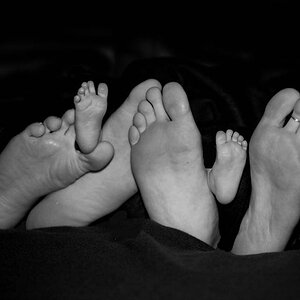
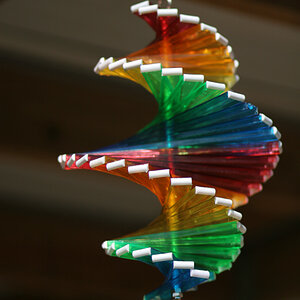



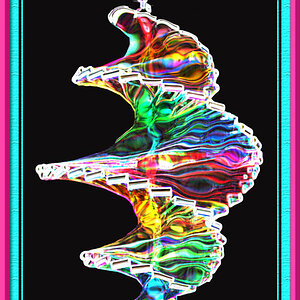
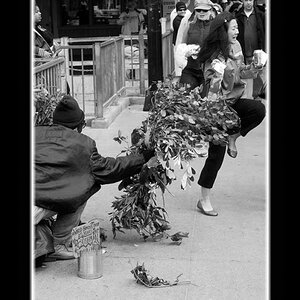

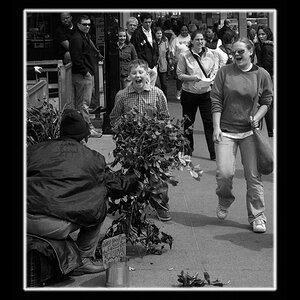
![[No title]](/data/xfmg/thumbnail/37/37605-90c8efaef5b7d1f52d4bf8e7dfd33673.jpg?1619738148)

